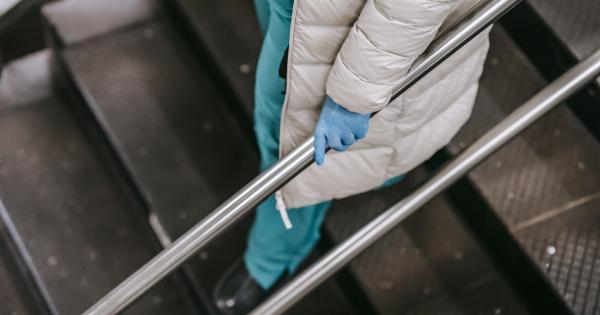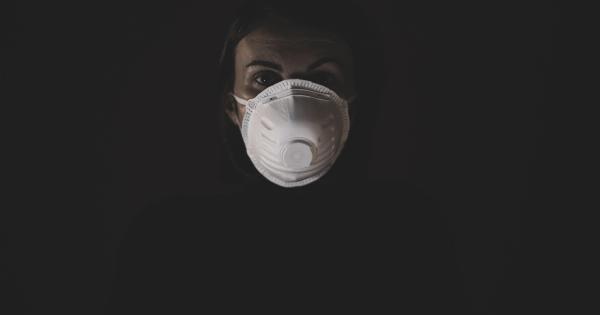The flu, also known as influenza, is a highly contagious viral infection that affects millions of people around the world every year. It spreads rapidly from person to person, causing a wide range of symptoms that can vary in severity.
Tracking the spread of the flu is essential in order to understand its impact and take appropriate measures to prevent further transmission.
Understanding the Flu Virus
The flu is caused by influenza viruses, which belong to the Orthomyxoviridae family. These viruses can be divided into three main types: influenza A, B, and C.
Influenza A viruses are the most common cause of seasonal flu epidemics, while influenza B viruses primarily affect humans. Influenza C viruses generally cause mild respiratory illness.
How Does the Flu Spread?
The flu spreads primarily through respiratory droplets, which are released when an infected person coughs, sneezes, or talks. These droplets can be inhaled by nearby individuals, leading to infection.
The virus can also spread by touching surfaces or objects contaminated with flu viruses and then touching the mouth, nose, or eyes.
Seasonal Flu Epidemics
Seasonal flu epidemics occur every year, usually during the winter months. The severity and timing of each flu season can vary, making it challenging to predict the exact impact.
However, various organizations, such as the Centers for Disease Control and Prevention (CDC), monitor flu activity worldwide to provide real-time updates on its spread.
Tracking Flu Activity
In recent years, digital tools and technology have revolutionized the way we track and monitor flu activity.
These tools provide real-time data that helps health officials, researchers, and the general public understand the geographic spread and intensity of the flu.
Flu Surveillance Systems
Flu surveillance systems are designed to collect, analyze, and report data on flu activity. These systems use various sources of information, including clinical laboratories, hospitals, schools, and pharmacies, to gather data on flu-like illnesses.
By monitoring trends in flu activity, experts can make informed decisions regarding prevention strategies and antiviral treatments.
The Role of Digital Technology
Digital technology, such as mobile apps and online platforms, has made it easier for individuals to track flu activity in real time.
These tools allow users to report their symptoms, find nearby healthcare facilities, and receive updates on flu outbreaks in their area. Data collected from these sources can be aggregated and analyzed to generate useful insights.
Data Visualization and Mapping
Data visualization and mapping tools are used to represent flu activity visually. By using maps, charts, and graphs, these tools provide a clear picture of the spread and severity of flu cases in different regions.
This allows health officials and the general public to identify areas with high flu activity and take appropriate precautions.
The Importance of Flu Vaccination
One of the most effective ways to prevent the spread of the flu is through vaccination. Flu vaccines are designed to protect against specific strains of the virus that are expected to circulate in a given season.
Getting vaccinated not only reduces the risk of getting infected but also helps in reducing the severity of symptoms if one does contract the flu.
Preventing the Spread of the Flu
In addition to vaccination, there are several other measures that can help prevent the spread of the flu:.
- Hand hygiene: Regularly wash your hands with soap and water for at least 20 seconds, especially after coughing, sneezing, or being in public places.
- Cover your mouth and nose: Use a tissue or your elbow to cover your mouth and nose when coughing or sneezing. Dispose of used tissues promptly.
- Avoid close contact: Try to avoid close contact with individuals who are sick or showing flu-like symptoms.
- Clean and disinfect: Clean and disinfect frequently touched objects and surfaces, such as doorknobs, light switches, and electronic devices.
- Stay home when sick: If you develop flu-like symptoms, stay home from work, school, or social gatherings to avoid spreading the virus to others.
The Future of Flu Tracking
As technology continues to advance, the future of flu tracking looks promising. Artificial intelligence and machine learning algorithms can help predict flu outbreaks and monitor their spread more accurately.
Integration of data from wearable devices and electronic health records can further enhance real-time monitoring capabilities.
In Conclusion
Tracking the spread of the flu in real time is crucial for understanding its impact and implementing timely preventive measures.
Thanks to digital technology and advanced surveillance systems, we have the tools to monitor and visualize flu activity more effectively. By staying informed and taking necessary precautions, we can reduce the spread of the flu and protect ourselves and our communities.























